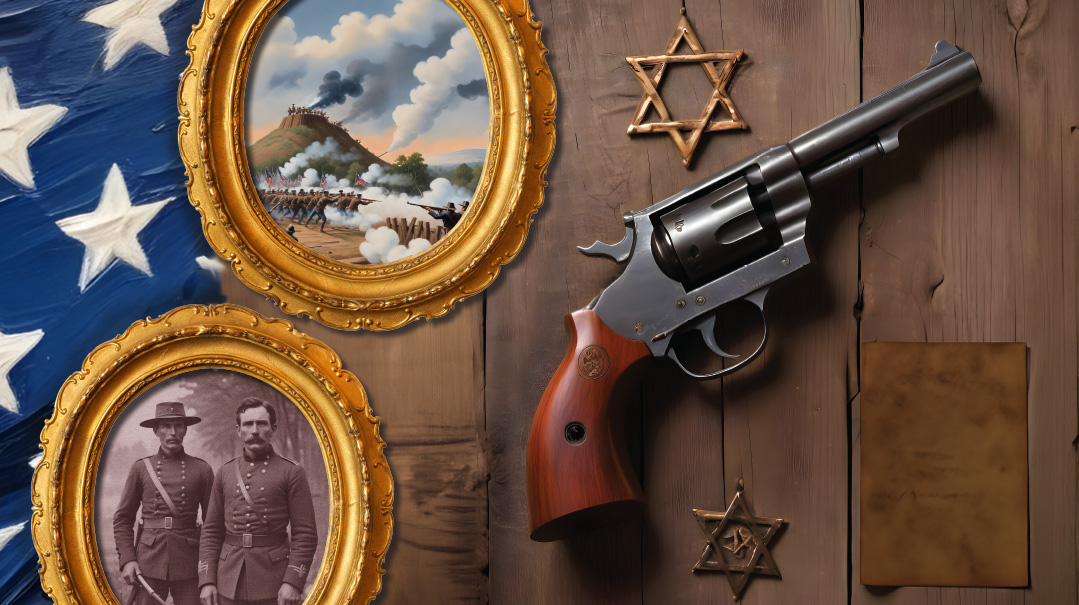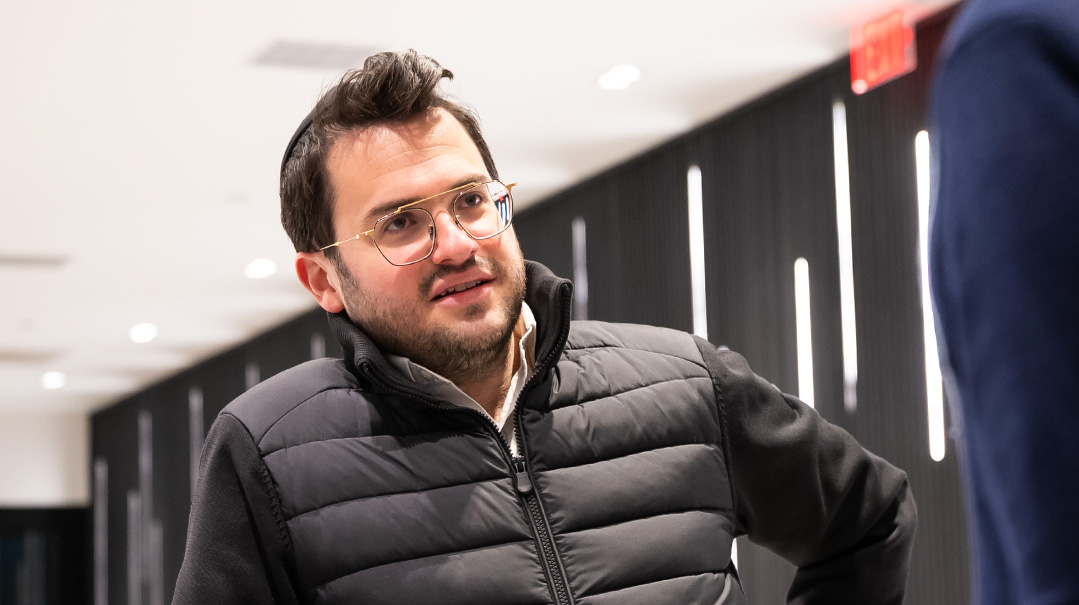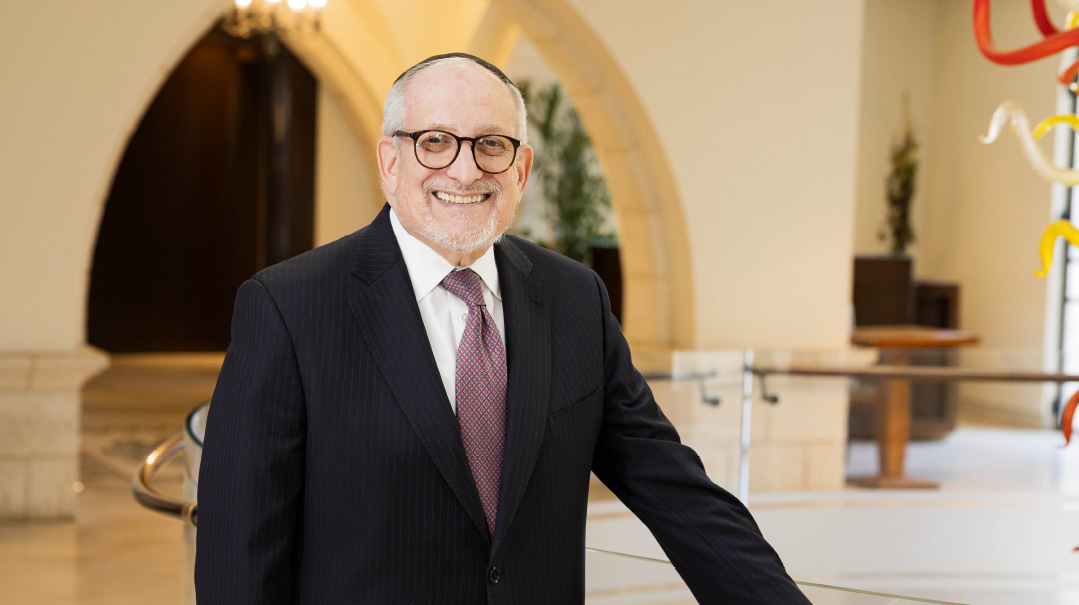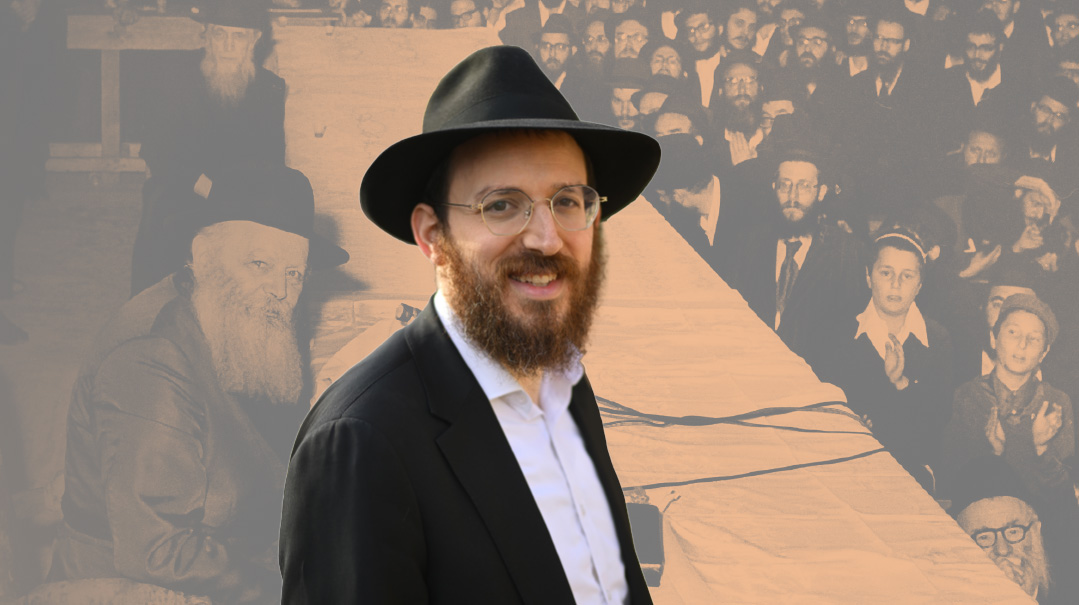Yankees and Rebs

Jews in the American Civil War

A Jewish cavalryman cries “Shema Yisrael” as he fires his gun — knowing that the opposing unit contains Shomrei Shabbos Jewish soldiers. Several soldiers forage the fields before Pesach attempting to find a substitute for maror. A lone soldier fights in a bloody skirmish on an empty stomach, because how can he eat on Yom Kippur?
Spanning four years, from April 1861 to May 1865, the American Civil War was a conflict that divided the nation over the institution of slavery. As with many pivotal events in American history, Jews played a disproportionate role, despite being a minute percentage of the population at the time. In a county of 27 million, the total number of American Jews was roughly 150,000 — only half a percent.
Historical records show that 10,000 Jewish men were enlisted or drafted; 7,000 joined the Union Army while 3,000 fought on the Confederate side. Many of these Union soldiers were German immigrants who lived in Northern states with large and established Jewish communities, like New York and Pennsylvania. The Confederate states had an estimated Jewish population of 25,000 —primarily Sephardic Jews, with some Prussian Ashkenazi Jews settling there as well.
Shema Yisrael
The Civil War was particularly painful because there was no external enemy; families were divided by an arbitrary geographic line, and an issue that most were not personally involved in. Everyone had to pick a side, and brother faced brother on the battlefield. This war was even more agonizing for the Jewish families who had male relatives drafted. A Yid’s love for another is not limited to familial connection, or to close neighbors. And the guilt that Jews felt at having to kill one of their own was indescribable. Many on both sides were Torah observant.
One of the earliest Jewish newspapers, the Jewish Messenger, reported on the conditions Jews faced on the battlefield. They noted that nearly 50 years before the outbreak of the Civil War, during the battle of Waterloo in Europe, a religious soldier would cry out “Shema Yisrael” each time he fired his gun.
When asked why he did that, he replied: “I don’t know who on the opposite side is a Jew. None of us asked to be on this battlefield. If I ended up killing a fellow Jew, I would never be able to forgive myself if he left this world without Shema being recited on his behalf.”
Nearly half a century later, American Jews repeated that unknown soldier’s action and recited Shema as well.
Oops! We could not locate your form.







